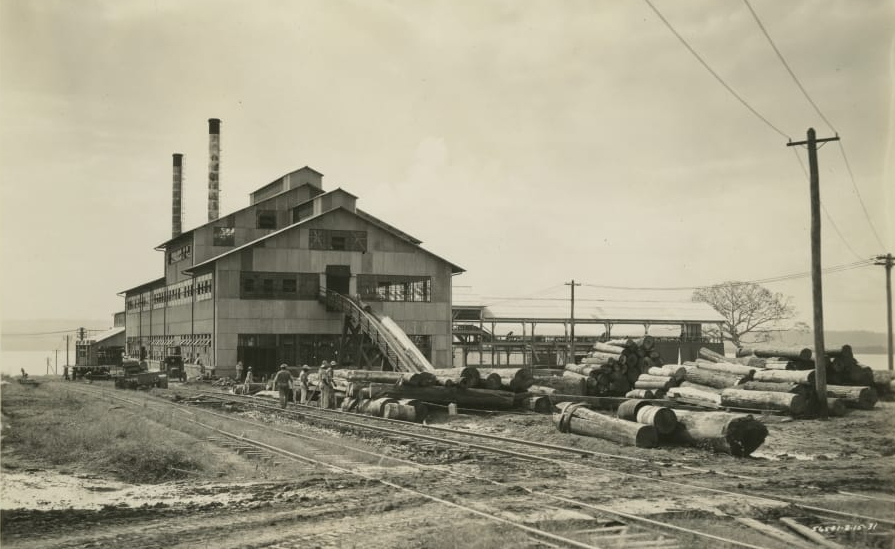Editor’s Note: Brent Glass is Director Emeritus of the Smithsonian’s National Museum of American History and the author of 50 Great American Places: Essential Historic Sites Across the U.S.

Editor’s Note: Brent Glass is Director Emeritus of the Smithsonian’s National Museum of American History and the author of 50 Great American Places: Essential Historic Sites Across the U.S.

Editor's Note: Bruce Watson is a Contributing Editor of American Heritage and has authored several critically-acclaimed books. He writes a history blog at The Attic.

BIRMINGHAM, ALABAMA — APRIL 1963 — The cell has no mattress, no sheets. The prisoner sits on a bed of metal slats, scribbling in the margins of a newspaper. The letter is addressed to eight white clergymen, but it should be cc’ed: America.
Editor’s Note: Bob Batchelor is a cultural historian who has written or edited more than two dozen books on popular culture and American literature, including The Bourbon King: The Life and Time of George Remus, Prohibition’s Evil Genius, from which he adapted this essay. Batchelor lives in the Queen City of Cincinnati, Ohio, where Remus centered his bootlegging operation.
“Lock me up. I’ve just shot my wife.”
Emmet Kirgan, Cincinnati’s chief of detectives, looked at the man in disbelief. George Remus bounced back and forth in front of the desk, then sank into a chair and surrendered. At the time rich, famous, powerful, and feared, he was widely hailed as “King of the Bootleggers,” and Kirgan recognized him right away. Frank McNeal, another Cincinnati police officer in the room, stopped for a moment, unsure how to proceed. Kirgan stood quickly, grasping what Remus had admitted. Murderers usually had to be caught…

Editor's Note: Mark Callaghan is an art historian who has taught at several leading institutions, including Birkbeck College and the University of London. He specializes in contemporary memory culture and 20th-century art history and is a resident historian for Viking Cruises.
